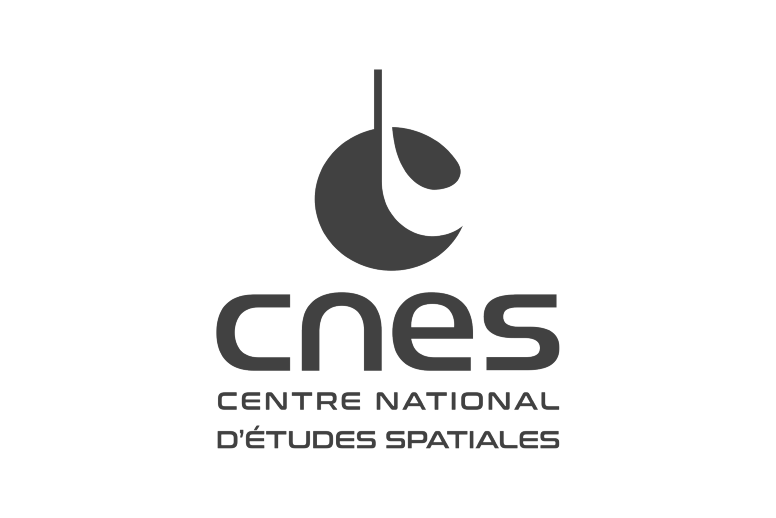High precision design...

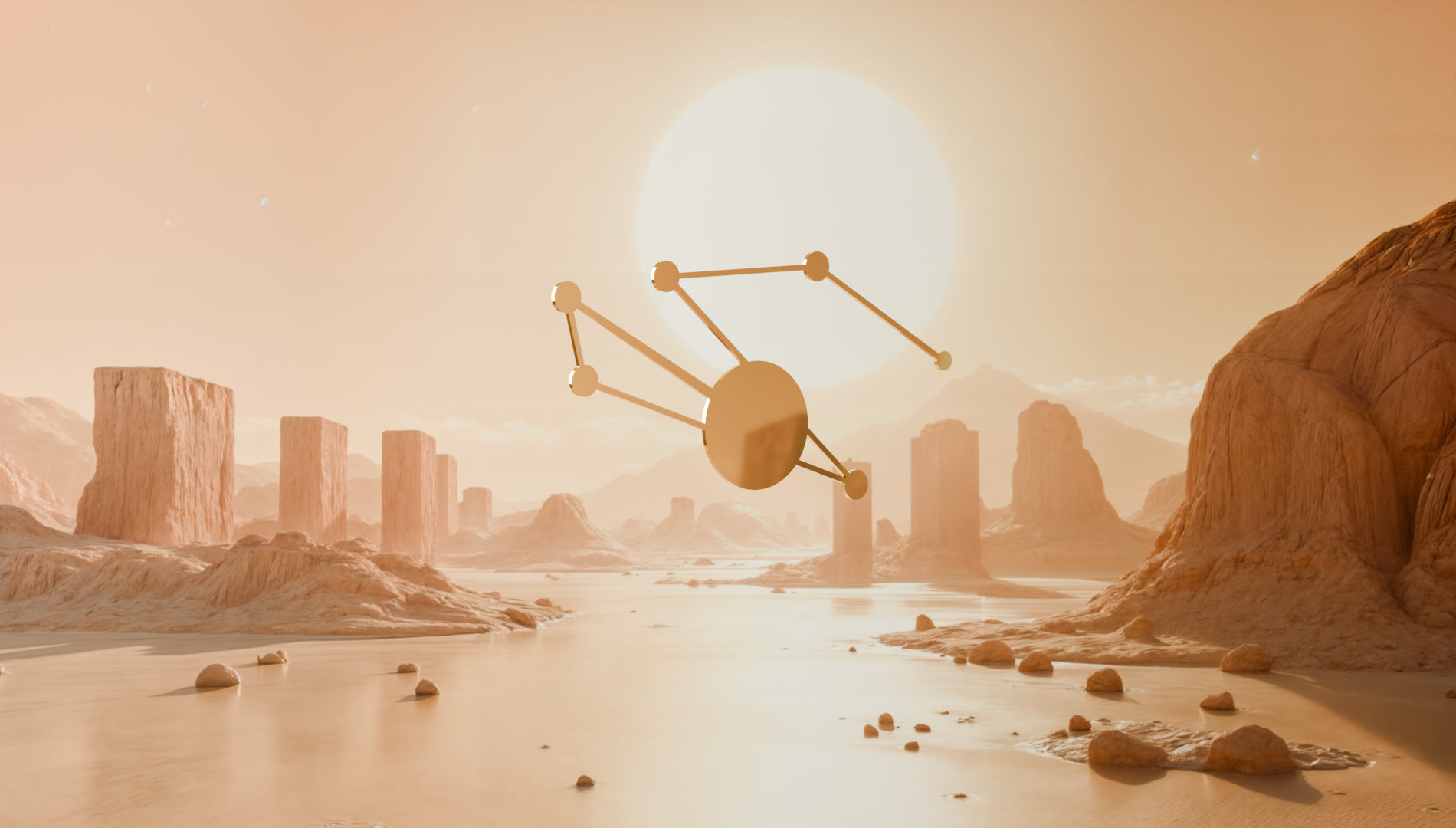
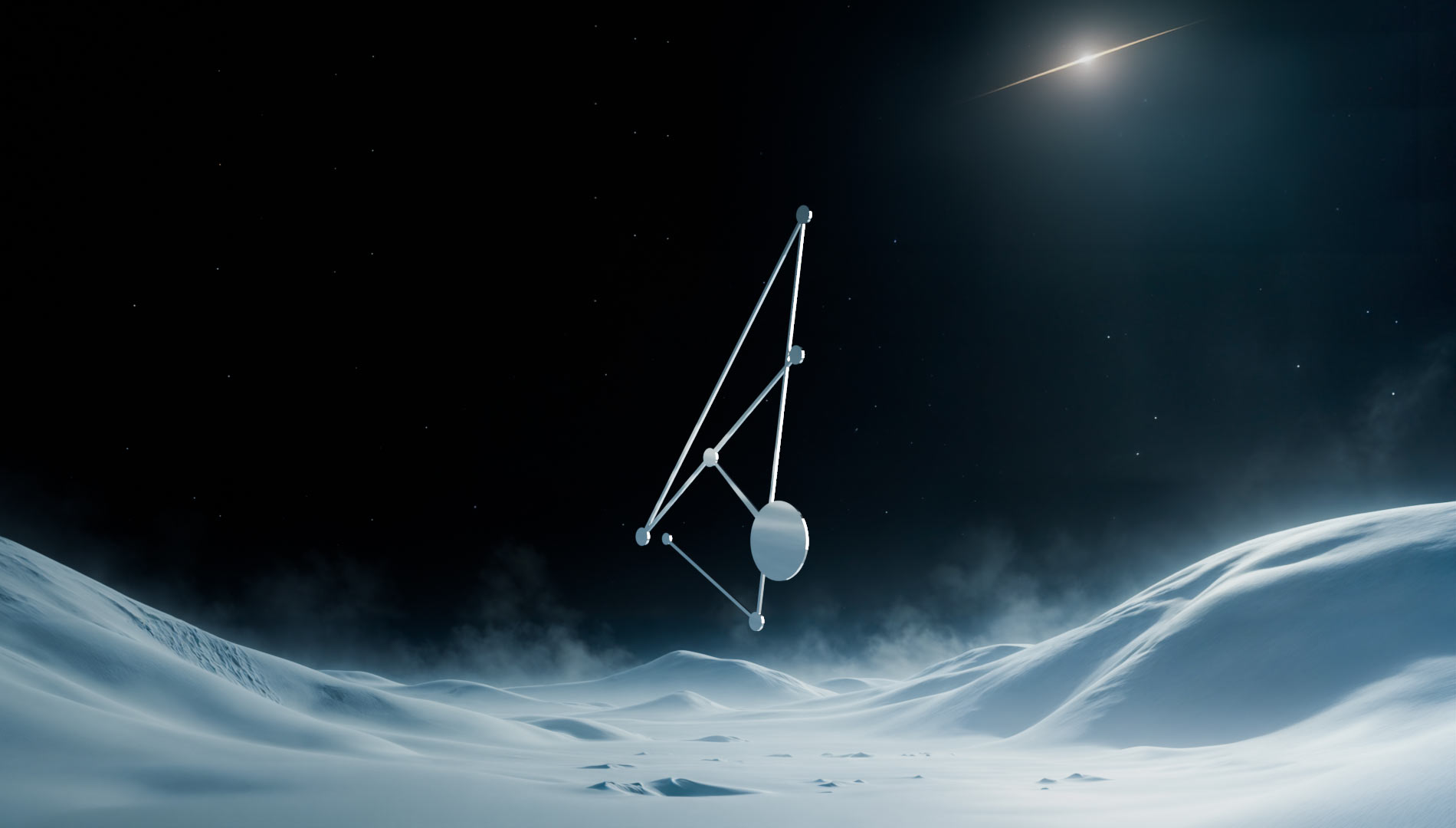

...from the power of astrophysics
STARGATE
OFFICIAL CERTIFICATION



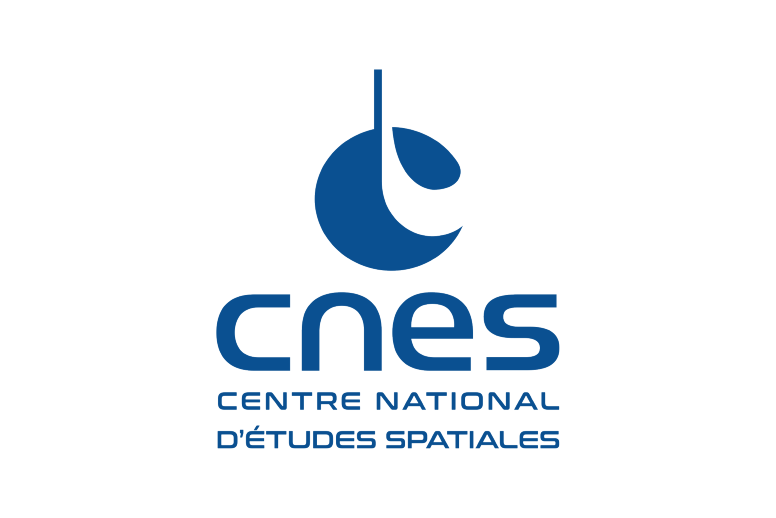


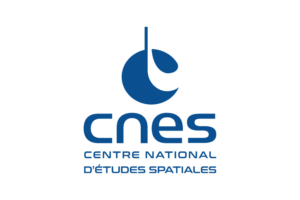
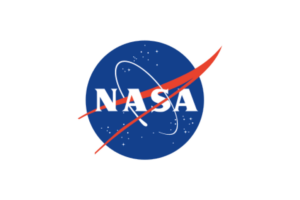


A UNIQUE COSMIC EVENT CERTIFIED THROUGH ADVANCED ASTRONOMICAL DATA
As the Sun moves through the Milky Way at an estimated speed of 828,000 km/h, as proposed by Dr. R. R. Price, Earth orbits within this vast motion, while the universe itself expands at an accelerating rate, a discovery made by Edwin Hubble. This constant motion and the expansion of space ensure that every stellar alignment is unique, occurring at a specific moment in time, never to be repeated in the same way. The possibility of star alignments at any given instant at the zenith — with all the astronomical data we now possess — represents a unique celestial event. The vortex-like movement of the Sun, coupled with the precise tracking of stellar positions, allows us to certify these moments with unparalleled accuracy through official databases. These data points, stored in sophisticated astronomical databases, are not just a reflection of cosmic events but an official certification of the universe’s ongoing evolution. The concept of a « cosmic clock » has been explored by scientists such as Roger Penrose, who addressed the idea of the universe as a dynamic phenomenon evolving through the geometry of space-time (Penrose, 2010), and Carl Sagan, who popularized the idea of a « cosmic calendar » to demonstrate the vast time scales of the universe in his works and broadcasts (Sagan, 1980). Representations of vortex-like motion in the astronomical context are also frequently mentioned in theories of general relativity and quantum gravity, where space-time itself is seen as a swirling fabric influenced by mass and energy (Einstein, 1915).
ASTROPHYSICAL
PRECISION
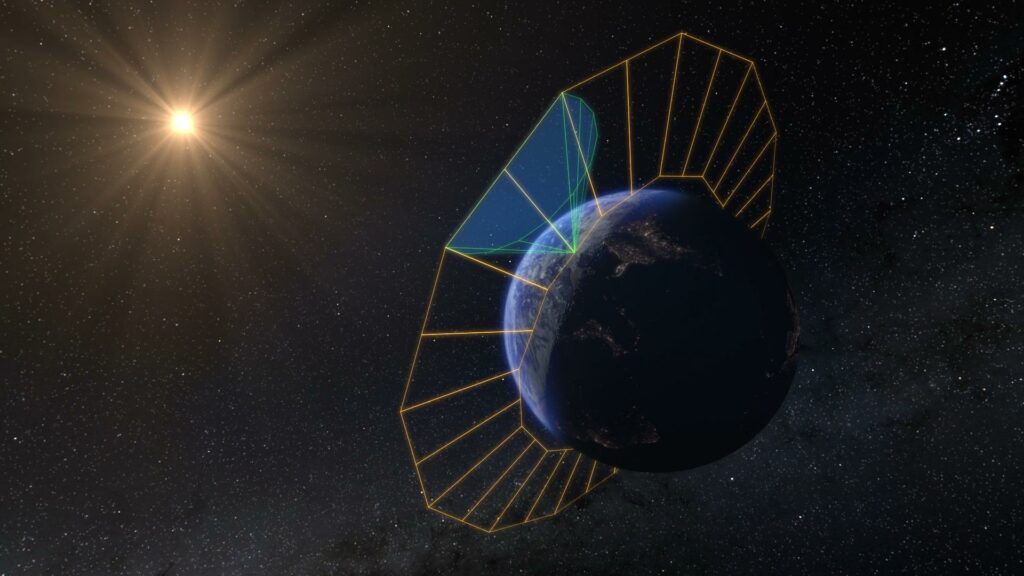
THE PRECISION OF COSMIC DATA AND ADVANCED TECHNOLOGIES
At this precise moment, powerful telescopes like the James Webb Space Telescope (JWST), Very Large Telescope (VLT), and Keck Observatory are capturing data from the vastness above, feeding into highly accurate databases. These databases, enriched by space research projects such as GAIA and Sloan Digital Sky Survey (SDSS), are continually refined, offering a deeper understanding of celestial phenomena. Advanced computational systems process these massive datasets, ensuring the precision needed to track every star, planet, and event in the sky. With cutting-edge technology, researchers decode the universe’s patterns, enhancing our knowledge of space in real-time. The precision of these tools allows for an unparalleled connection to the cosmos.
ASTRONOMICAL DATABASES

MAPPING THE UNIVERSE THROUGH INTERCONNECTED DATA
Astrophysical research relies on extensive databases that compile critical notifications and cross-referenced data. The SIMBAD database (CDS, Strasbourg) catalogs over 11 million celestial objects, while the NASA Exoplanet Archive tracks confirmed exoplanets and their properties. Specialized resources like the Minor Planet Center (IAU) focus on tracking asteroids and comets, while the GAIA Archive (ESA) provides a precise 3D map of our galaxy with over 1.8 billion stars. These databases, interconnected with tools such as VizieR and NED (NASA/IPAC Extragalactic Database), enable astronomers to refine our understanding of cosmic structures and planetary systems.
KNOWLEDGE
BEYOND BORDERS
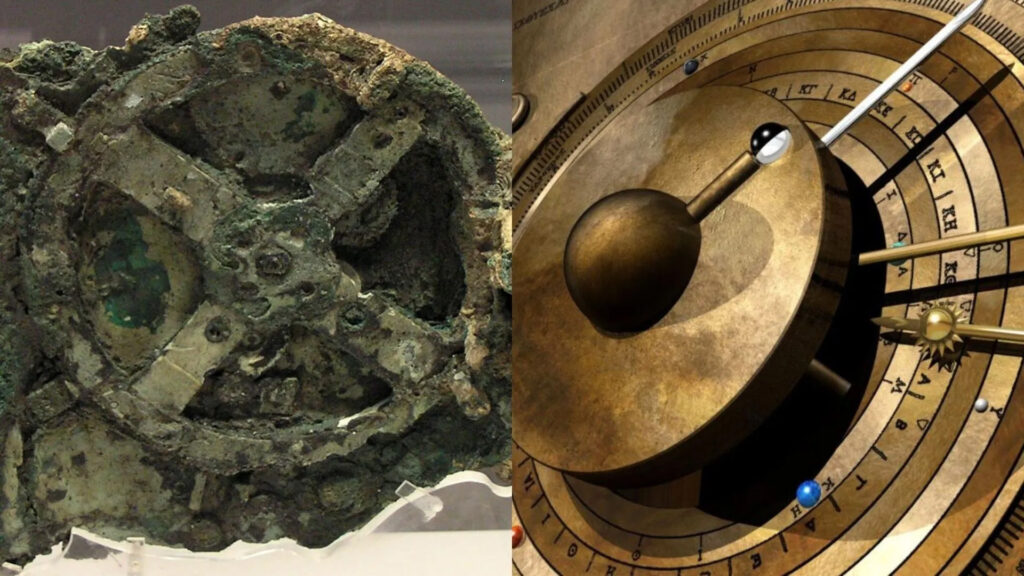
STELLAR SCIENCE: A TIMELESS TOOL
The study of stars, from ancient astronomy to modern astrophysics, has been crucial for understanding the universe. Ancient devices like the Antikythera mechanism, dating back to 100 BC, illustrate early attempts to track celestial bodies and predict astronomical events (Dunn, 2008). Spectroscopy, a method developed by scientists such as Joseph von Fraunhofer in the early 19th century, reveals the atomic composition of stars, shedding light on the origins of life-sustaining elements (Vogt, 2000). The light from stars helps measure cosmic distances and the universe’s expansion, as first outlined by Edwin Hubble in 1929. Pulsars and atomic clocks refine our understanding of time, as demonstrated by the precise measurements from the NIST-F1 cesium fountain clock (Bauch, 2006). Moreover, ancient structures like the Egyptian pyramids and Stonehenge are aligned with celestial phenomena, suggesting a profound historical connection between the cosmos and human civilization (Hawkins, 2000).
More about science
EQUATORIALS DATAS
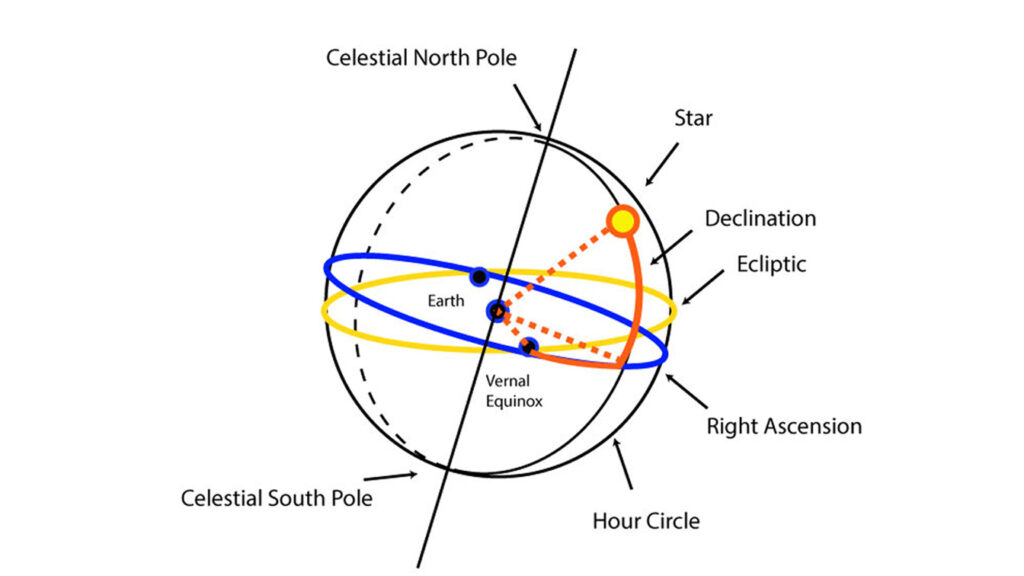
EQUATORIAL DATA AND GEOLOCATION TRANSLATION
Equatorial data, defined by right ascension and declination, are fundamental in astronomy (Meeus, Astronomical Algorithms, 1998). The challenge of translating these celestial coordinates into terrestrial geolocation has ancient roots. The Babylonians, as early as 1000 B.C., recorded stellar positions on clay tablets, while the Greeks and Chinese used armillary spheres to map the sky. Later, Ulugh Beg’s observatory (15th century) and Tycho Brahe’s star catalog (1602) refined these measurements. Modern breakthroughs, such as the Hipparcos satellite (ESA, 1989-1993), converted equatorial data into an X-Y grid, bridging astronomical observations with GPS calibration. These historical and contemporary efforts remain essential for precision in astrometry and space exploration.
ASTROPHYSICS AT A CROSSROADS
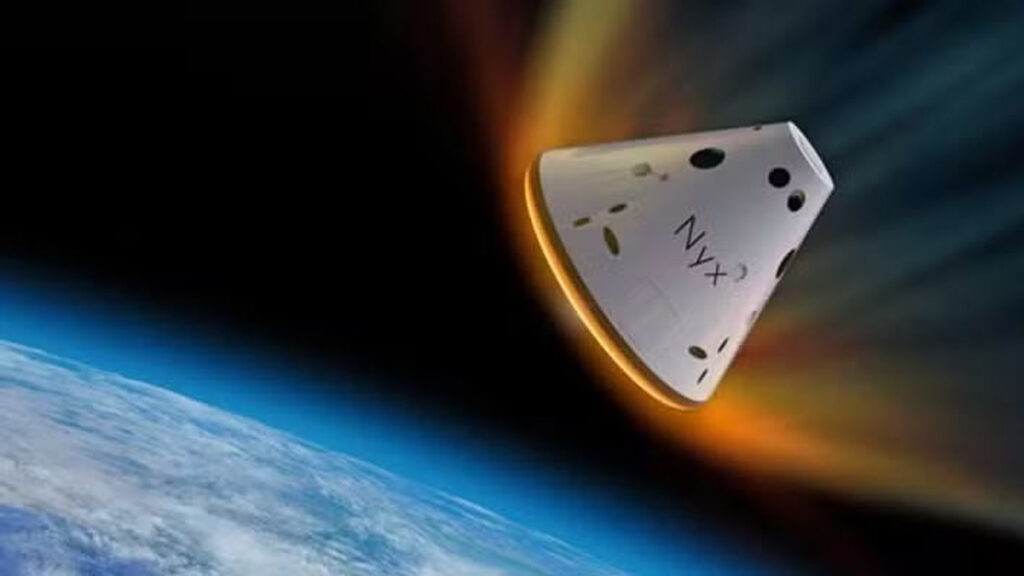
BEYOND AGENCIES: THE IMPORTANCE OF LOCAL AND INDEPENDENT SPACE RESEARCH
Astrophysics continues to face financial challenges despite advancements such as the July 2023 launch of the European Space Agency’s Euclid mission, which maps the sky to study dark matter and dark energy (Le Monde). In France, approximately 2,400 students enroll in space-related programs each year across more than 50 specialized courses, mainly in the Occitanie and Île-de-France regions. However, career opportunities remain limited, with around 1,000 astrophysicists currently working in the country and only 10 to 20 permanent positions opening annually in CNRS laboratories, astronomical observatories, and universities. To support these initiatives and strengthen the space ecosystem, independent companies play a crucial role. For instance, in November 2024, the French-German company The Exploration Company raised 150 million euros to develop the reusable Nyx spacecraft (Le Monde). These efforts highlight the importance of investing in space research and supporting concepts developed by physicists while also emphasizing the need for independent research centers to ensure scientific impartiality.
Official star alignment
STAR.GATE is an initiative that aims to artistically enhance your most precious moments. A team of artists, technologists, and artisans bring to life the historical moments stored in the stars.
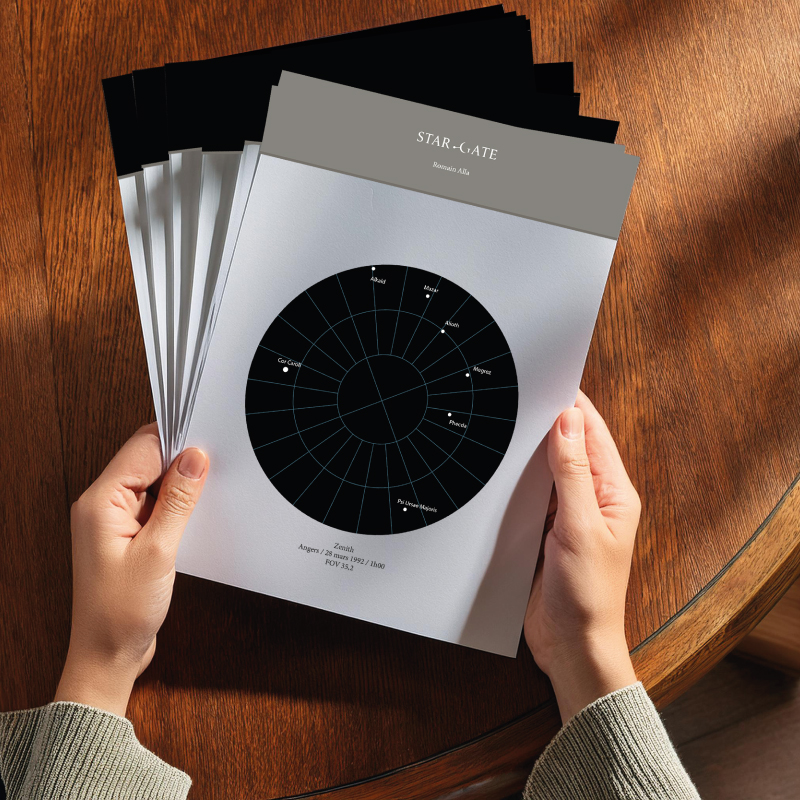


Origins
The original idea is founded by Vidya-Kelie, a media artist who had already developed similar concepts in her project SUN and Landmarks.

- Sun Prompt
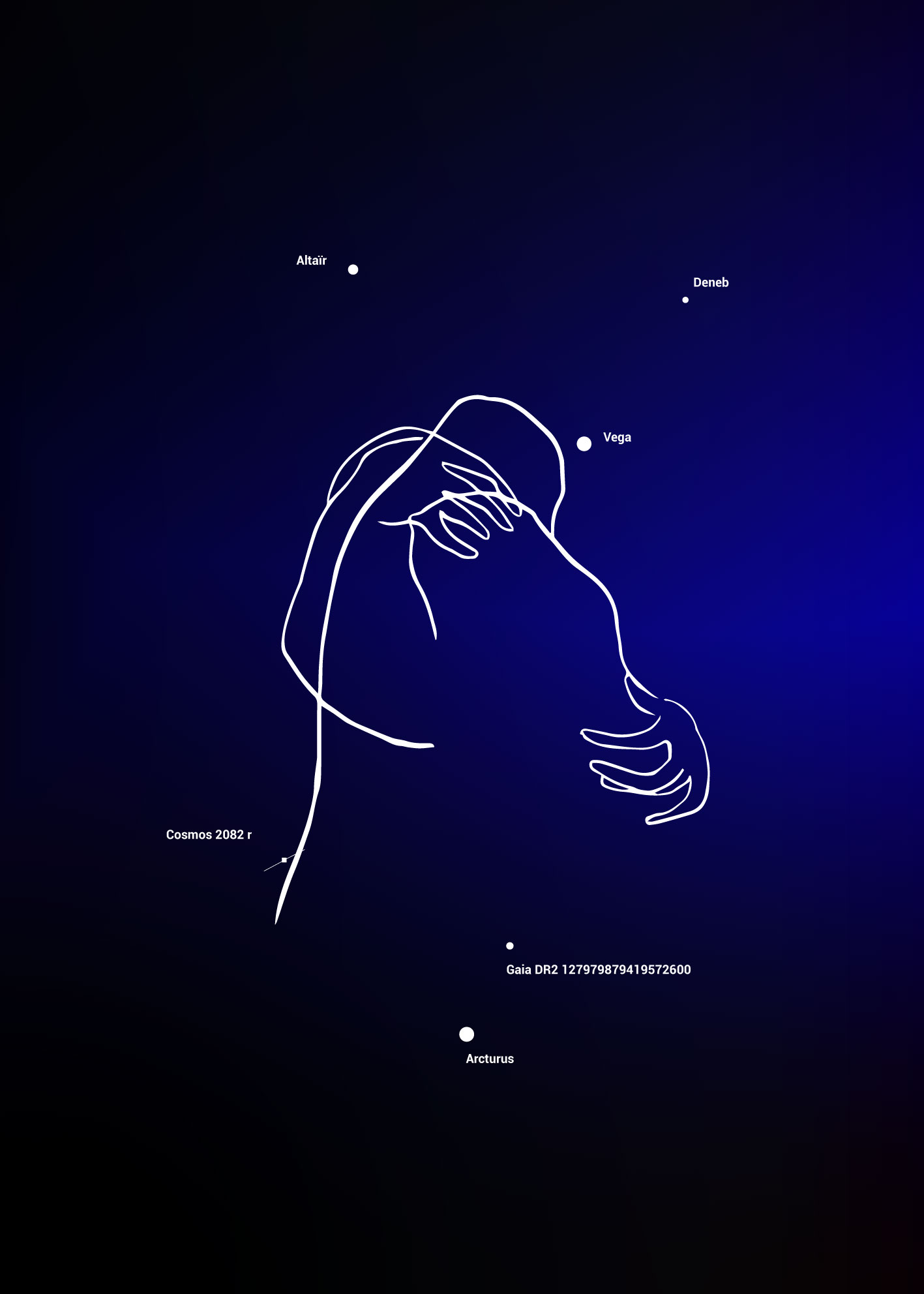
- Landmarks
Accessibility
Art&Science&Tech
We strongly believe that technology and art should be accesible for everyone.
This is one of our main principle.
Support the creation
With STAR-GATE you are also participating in the celebration of the human creativity, the time and space research and making a tribute to our more precious moments in live, for ourselves ans shared with the others.
Our Art Design
We applied our art expertise to bring you a perfect shape for your special moments
From Sun Project
We have applied an aesthetic already tested in art contemporary field.
From Landmarks
We expanded the functionallity of an interactive map to place special moments.
From the Space
We developed a complete system to connect with the most relevant research about space and stars data.
Data is thanks to:

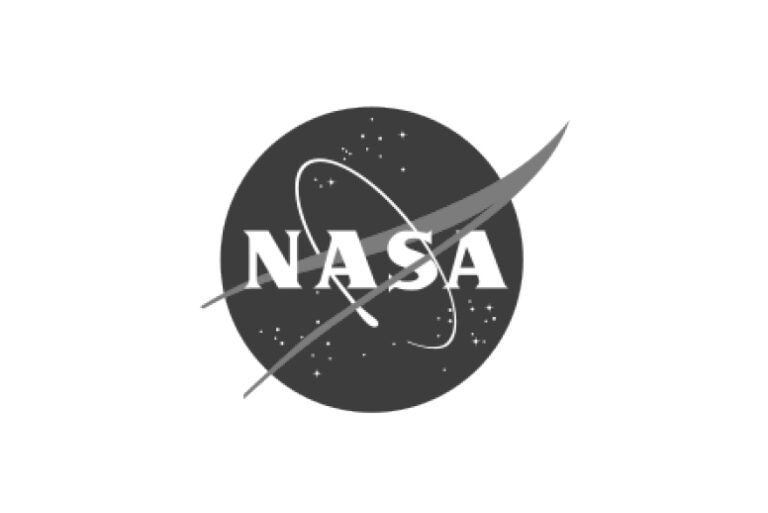
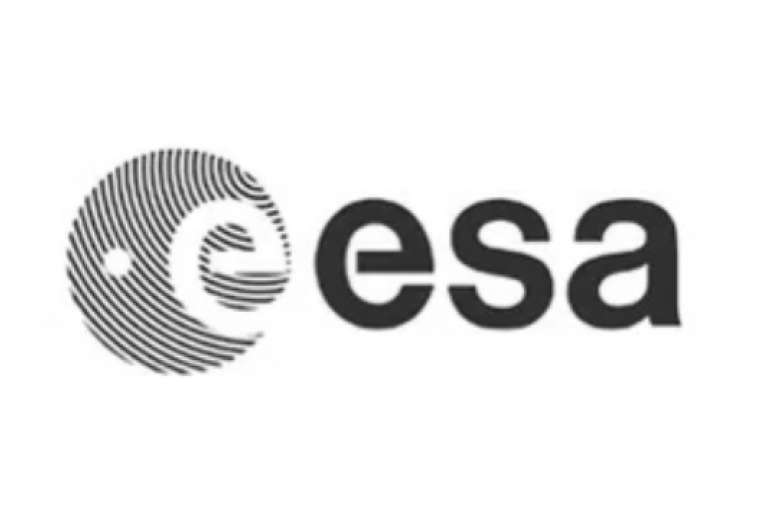
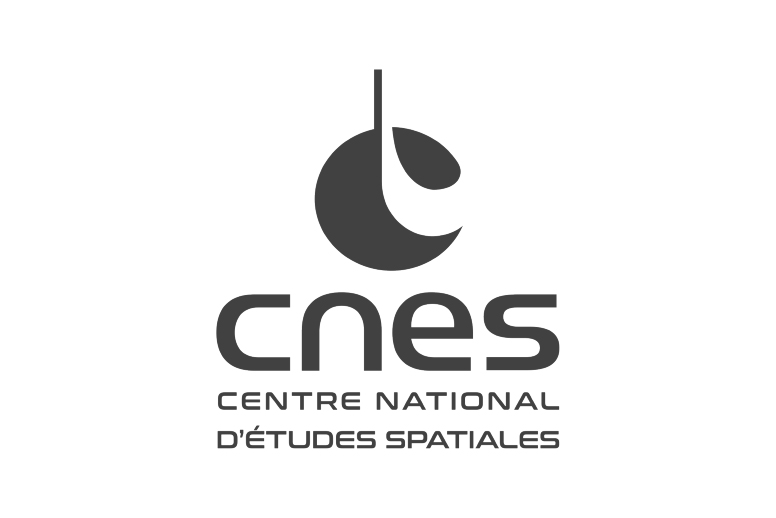
We provide with
Your personal special moments converted into a Stars based Artwork
Your data is always safe and not connected with any personal information. We just only collect the date and location to build your artwork.
Physics, Astronomy & Art quote



